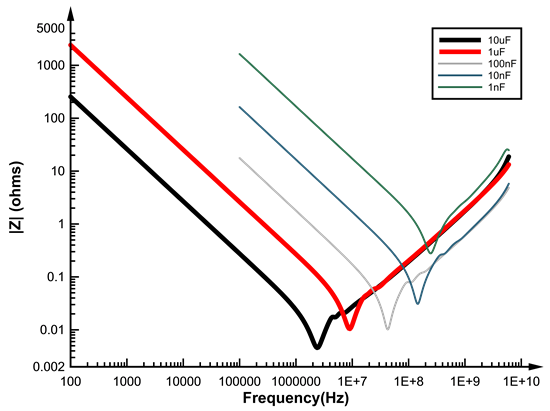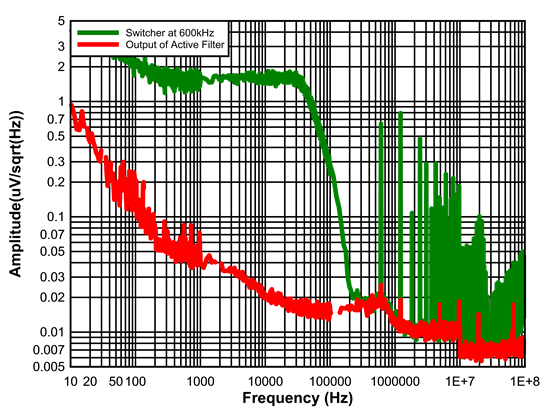Dear Sir,
I have a question how much TPS7A3501 can reduce Sipke noise came from DC/DC regulator ripple.
The PSRR (figure 13 in DS) shows until 10MHz which is good dB. However spike noise possibly be around 100MHz zone.
Is tehere any perfromance information? And how much different comparing with ferrite bead?
Best regards,
Masa



